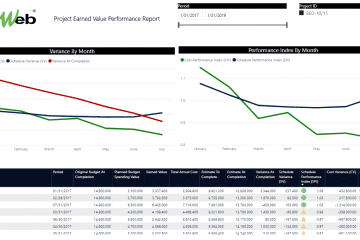One of the key challenges facing Municipalities, Public Works Departments, and other public sector entities that are involved in delivering capital construction projects is managing the short-term allocation of available funds across their projects’ portfolio. Those are projects that were already approved and have approved budgets for which required funds were allocated and accordingly, commitment contracts were awarded. Nevertheless, governments that were negatively affected by low oil prices, the COVID-19 pandemic, and other challenges are now faced with constraints on providing the originally promised funds for those projects. Therefore, public sector entities are now required to slow down the delivery of some of their projects and suspend and terminate others to prioritize the allocation of short-term funds available to fund ongoing projects. In this context, construction project management software can play a vital role in efficiently tracking budgets and managing financial commitments. It should be noted that what is being done here is not project descoping that needs to be managed using budget adjustments and transfers but rather slowing down the release of approved funds for already awarded commitment contacts for construction, site supervision, PMC, etc.
Although setting the priorities for which projects to receive fund allocation and the amount of the fund to be provided depends on a number of factors that differ from one entity to another, all those entities share one common requirement and that is how to enforce transparency in documenting the allocated short-term funds for the on-going projects.
Using a Project Management Information System (PMIS) specifically designed for managing the delivery of capital construction projects and programs like PMWeb, allows cost management processes needed for the fund allocation across on-going projects to be readily available out of the box. Mainly, there is a need to use the commitment and funding authorization modules of PMWeb.
To start with, using the PMWeb commitment module, each project manager needs to establish the expected spending projection for the next three or six months for each awarded commitment contract. The project manager needs to determine what the minimum spending allocation is to protect the contractual obligations of the Employer, or the public sector entity. PMWeb commitment module, similar to the budget module, allows the creation of a spending projection for each commitment line item to provide what is known as the anticipated cost for each commitment contract. This anticipated spending needs to be reviewed and agreed upon by the relevant Contractor to mitigate any contractual implications that could result from slowing down the already awarded contract’s execution should this be a requirement.
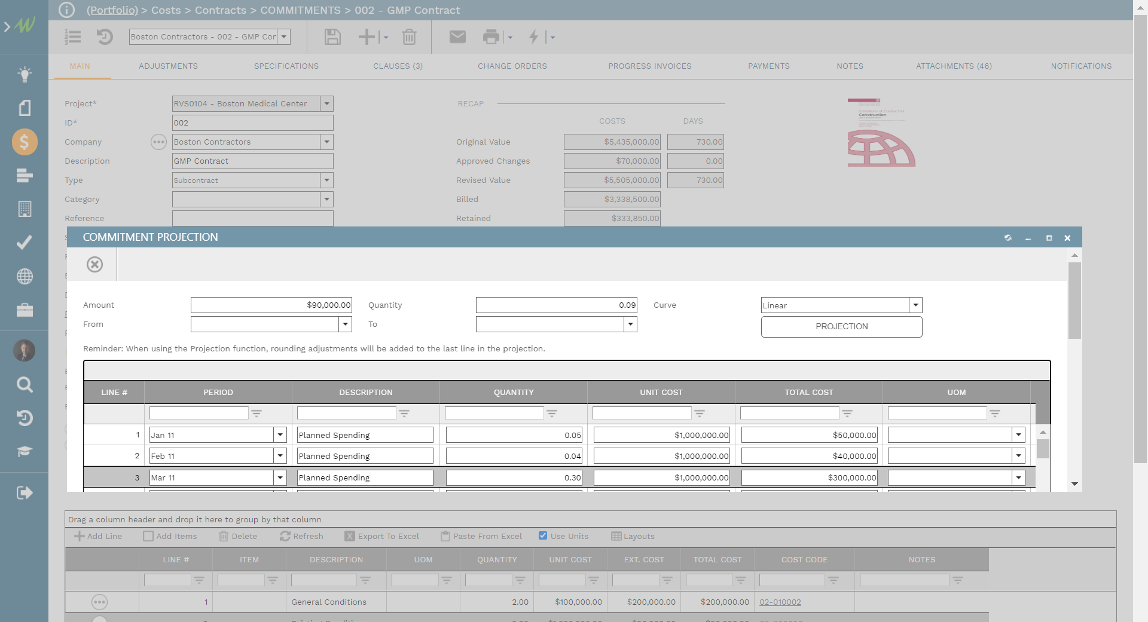
The amount of anticipated cost defined for each contract within each project becomes reported so it can be reviewed and approved. Using one of PMWeb 150 plus out-of-the-box forms and reports, the “Committed Cost Per Month” report provides the details of the originally approved baseline budget, awarded contract value, and the anticipated cost projection by month. By default, the report details the information by cost account level or cost breakdown structure for the selected fiscal year. The report can be modified to summarize this information across the complete project portfolio with the option to drill down to each project’s detailed breakdown level. This requires adding the project name field to the report. In addition, the financial reporting period can be configured to a 3 or 6-month window.

The “Commitment Cost Per Month” report can be also exported to MS Excel with all pre-defined hyperlinks to PMWeb. This is a very important function of PMWeb, a leading construction project management software, as the exported data can be subjected to further “What-If” analysis scenarios before it is approved. In addition, this provides the project team with the ability to consume this data to create visual reporting using MS Excel or MS Power BI. It should be noted that any changes to the anticipated cost projection in MS Excel should be modified in PMWeb to ensure data consistency.
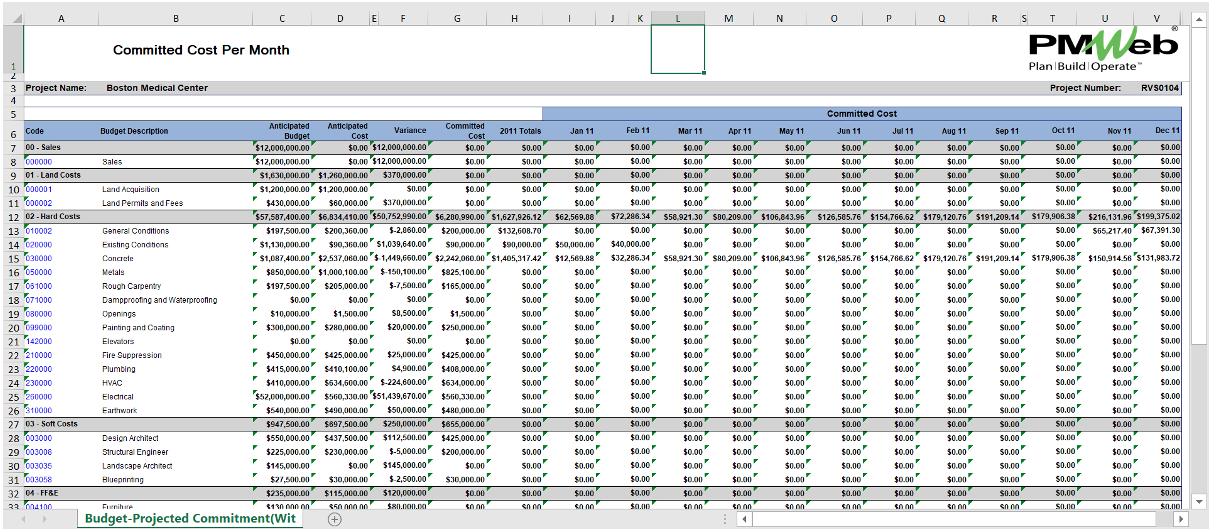
After approving the anticipated cost projection for each contract, the next step will be to allocate the funding for each line item in the commitment contract in accordance with the requested and approved funds. When the funding field is clicked at each commitment line item, the funding selector screen will pop out. This screen will detail all funding sources including authorized funds available to the public entity to fund its ongoing projects. Those funds could be funds available for all projects also known as a portfolio, to a program of projects like education, and landscaping among others, and funding that is specific to a single project.
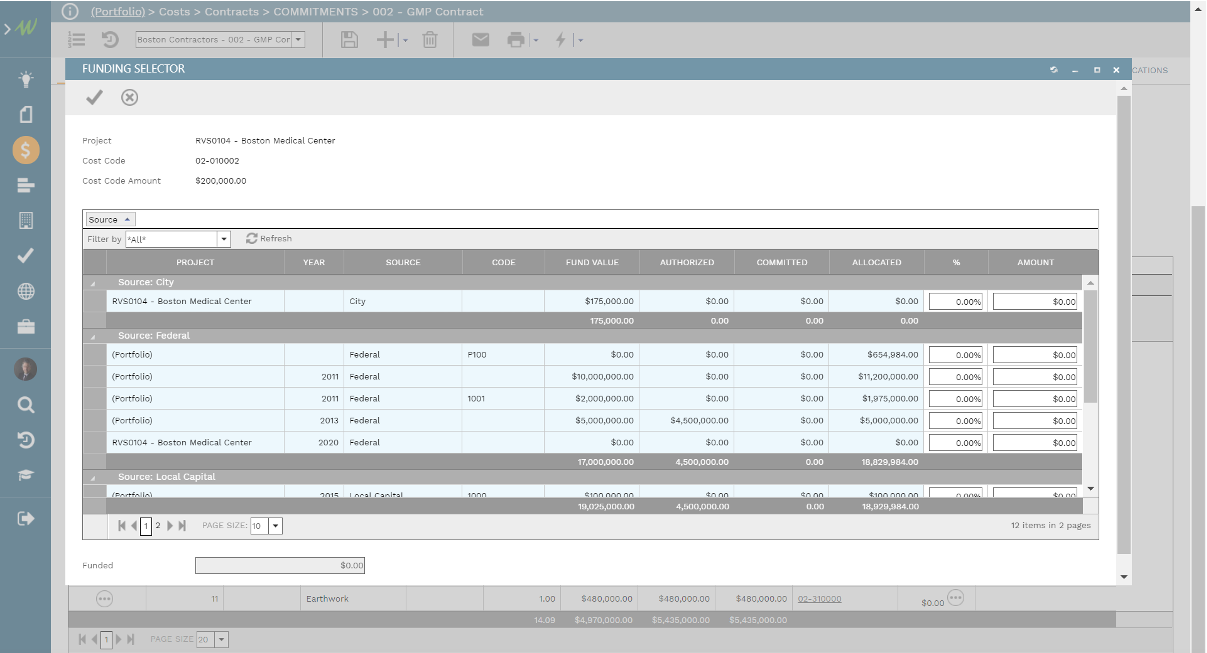
All fund sources that are available for the public entity including the funds that had been authorized for a portfolio of projects, a program of projects, or specific projects will be captured in the PMWeb Fund sources module. The PMweb Funding Authorizations module will be used to capture the details of all those funds that had been formally authorized to be spent on the ongoing projects. The form will capture the details of the funding amount, funding authorization code, and other needed details to keep track of what was authorized to be spent.
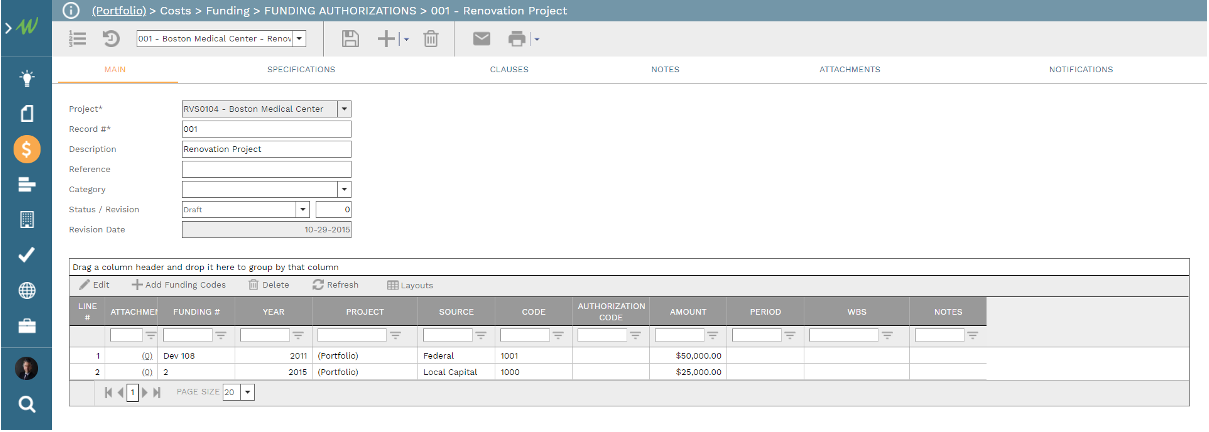
Similar to all other project management processes managed in PMWeb, supportive documents can be either attached directly to the process or uploaded into the PMWeb document management repository and then attached to the relevant process transaction. The latter is the recommended approach. In addition, links to other PMWeb records as well as imported MS Outlook emails can be added to each process.
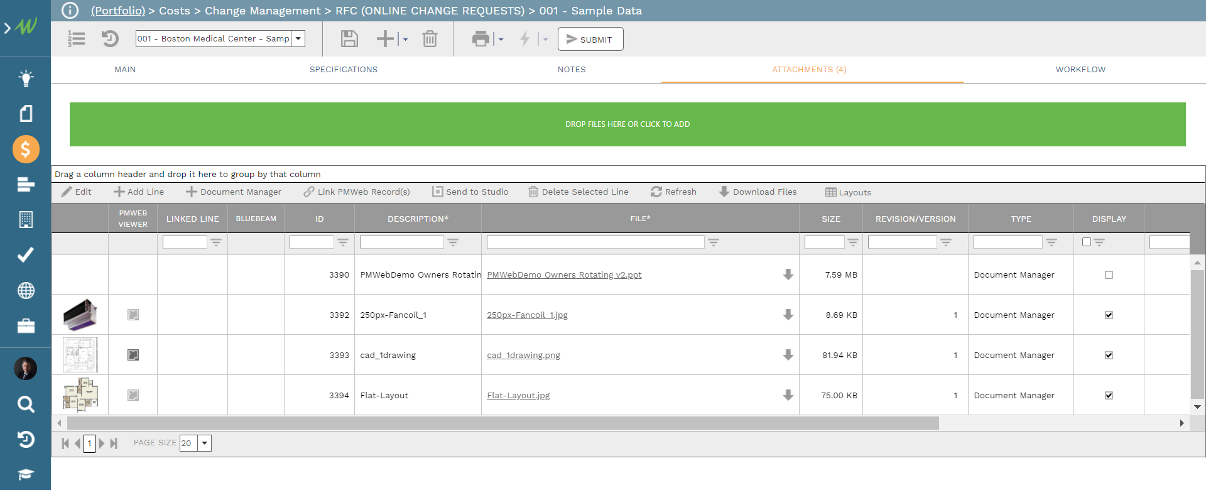
The above-proposed solution provides public sector entities such as municipalities, and public work departments among others with a quick yet proven, auditable, traceable, and single-version solution for managing, monitoring, and evaluating the allocation of short-term funds to ongoing projects. This construction project management software can be easily configured to produce all needed output forms and reports that will respect the Employer’s reporting and branding requirements. A solution that is readily available and does not need the massive cost and time to reinvent the wheel. Finally, a solution that adheres to the best practices of lean construction management for eliminating wasted effort.


